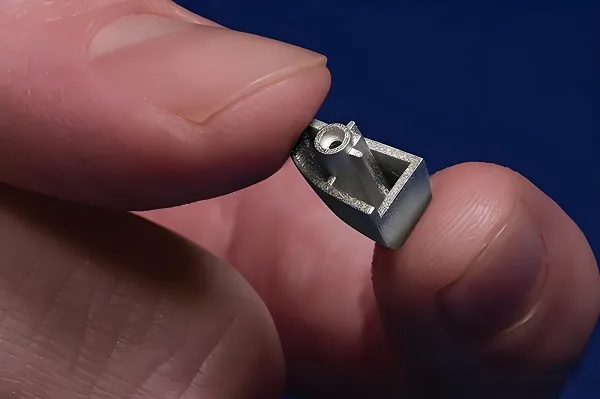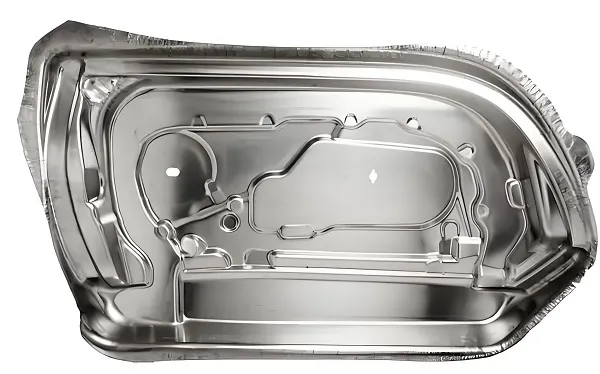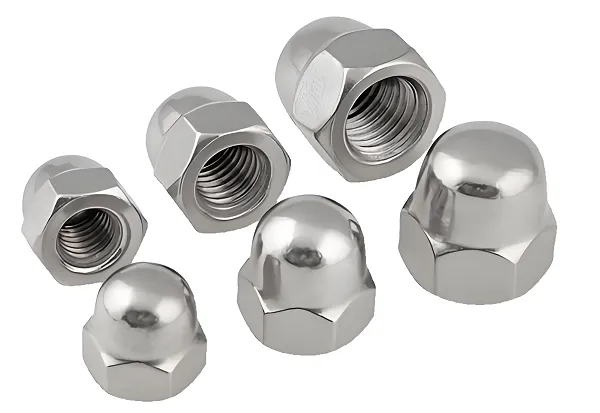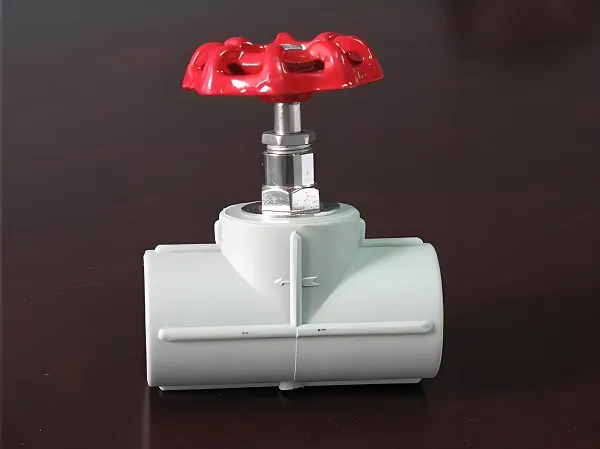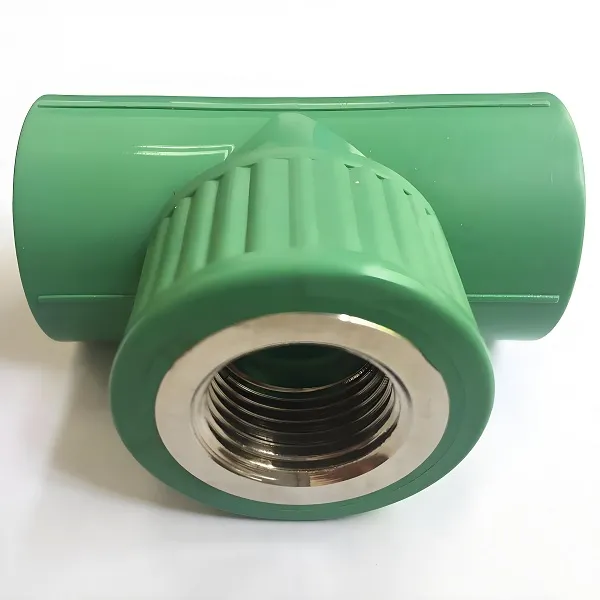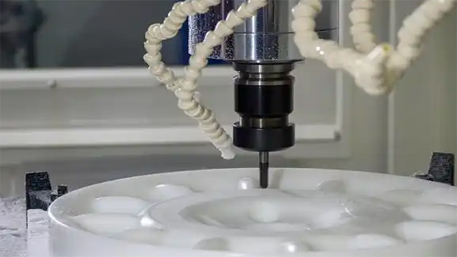
I. Introduction
When machining plastic components, ensuring accuracy is the key to obtaining high-quality products. This manual aims to provide operators with comprehensive and detailed guidance to guarantee the accuracy of plastic components during the machining process.
II. Selection of Plastic Materials
Fully understand the characteristics of plastics, including but not limited to hardness, toughness, coefficient of thermal expansion, water absorption, etc. For example, polyamide (PA) has good wear resistance and toughness, and polycarbonate (PC) has high strength and transparency.
For components with high accuracy requirements, give priority to choosing plastic materials with stable physical and chemical properties and a small shrinkage rate, such as polyphenylene sulfide (PPS), polyetheretherketone (PEEK), etc.
Consider the batch consistency of plastic materials to ensure that the performance differences of each batch are within a controllable range.
III. Selection and Use of Cutting Tools
Selection of cutting tool materials
For plastics with low hardness, such as polyethylene (PE) and polypropylene (PP), high-speed steel cutting tools can be selected.
For plastics with high hardness or certain wear resistance, such as polyoxymethylene (POM) and acrylic (PMMA), carbide cutting tools should be selected.
Optimization of cutting tool geometry
The cutting edge of the tool should remain sharp, and the rake angle is generally large to reduce cutting force and cutting heat.
The relief angle should be appropriately increased to help reduce the friction between the tool and the workpiece.
The selection of the helix angle depends on the processing conditions and the characteristics of the plastic, usually between 15° and 30°, to improve the chip removal effect and processing stability.
Installation and adjustment of cutting tools
Ensure that the cutting tool is firmly installed, and the mating accuracy between the tool holder and the machine tool spindle should be high.
Adjust the overhang length of the tool to avoid excessive length causing vibration and reduced accuracy.
IV. Setting of Machining Process Parameters
Cutting speed
For soft plastics, the cutting speed can be appropriately increased, generally between 100 and 300 m/min.
The cutting speed of hard plastics is relatively low, usually within the range of 50 to 150 m/min.
At the same time, consider the durability of the tool and the thermal deformation of the plastic.
Feed rate
Based on the cutting performance of the plastic material and the diameter of the tool, the feed rate is generally between 0.05 and 0.3 mm/r.
Softer plastics can adopt a larger feed rate, while harder plastics should be appropriately reduced.
Cutting depth
During rough machining, the cutting depth can be relatively large, generally 1 to 3 mm.
During finish machining, the cutting depth is controlled at 0.1 to 0.5 mm to ensure machining accuracy and surface quality.
V. Design and Use of Fixtures
Design of fixtures
Adopt fixture structures with high positioning accuracy, such as three-jaw chucks, hydraulic fixtures, etc.
The contact parts of the fixture with the plastic component should be designed with reasonable support surfaces and clamping points to avoid excessive local stress causing deformation.
Considering the shape and size of the plastic component, design a dedicated fixture to ensure the convenience and stability of clamping.
Use of fixtures
When installing the fixture, ensure its parallelism and perpendicularity with the machine tool table.
The clamping force should be moderate. Excessive clamping force may cause deformation of the plastic component, and too small a force cannot ensure stable clamping.
Regularly inspect the wear and looseness of the fixture and perform maintenance and adjustment in a timely manner.
VI. Cooling and Lubrication
Selection of cooling methods
Air cooling: Suitable for machining with less cutting heat, and the tool and workpiece are cooled by blowing compressed air.
Coolant injection: For working conditions with large cutting heat, coolant is directly injected into the cutting area. The coolant should be of a type that has no corrosive effect on the plastic.
Application of lubrication
Select a suitable lubricant, such as oily cutting fluid or a dedicated plastic processing lubricant.
Lubrication methods can be pouring, spraying, etc., to ensure that the lubricant evenly covers the cutting area.
VII. Monitoring and Adjustment during the Machining Process
Dimension measurement
Regularly use high-precision measuring tools, such as micrometers, vernier calipers, etc., to measure the key dimensions of the machined component.
Pay attention to the correctness of the measurement method and the stability of the measurement environment when measuring.
Surface quality inspection
Check the surface for defects such as burrs, scratches, and cracks through naked eyes or with the aid of a magnifying glass.
If necessary, a roughness tester can be used to measure the surface roughness.
Tool wear monitoring
Observe the wear of the tool, such as edge wear, chipping, etc.
Replace or sharpen the tool in a timely manner according to the wear degree of the tool.
Adjustment measures
When size deviations are found, analyze the reasons and adjust the processing parameters in a timely manner, such as cutting speed, feed rate, etc.
If the surface quality does not meet the requirements, optimize the tool geometry and adjust the cooling and lubrication conditions.
VIII. Post-processing
Deburring
Use hand tools, such as scrapers, files, etc., to remove burrs at the edges and holes of the component.
For smaller burrs, methods such as vibration finishing and sandblasting can be used for removal.
Polishing
Use methods such as mechanical polishing, chemical polishing or electrolytic polishing to improve the surface finish.
Select the appropriate polishing material and process parameters to avoid excessive polishing affecting the dimensional accuracy.
Final quality inspection
Conduct a comprehensive dimensional inspection and appearance inspection on the machined plastic component.
High-precision inspection equipment such as coordinate measuring machines and image measuring machines can be used.
IX. Precautions
Keep the machining environment clean to avoid impurities and dust entering the cutting area, affecting the machining accuracy and surface quality.
Operators should undergo professional training, be familiar with the characteristics of plastic processing and the operation methods of the machine tool, and process strictly in accordance with the operating procedures.
Pay attention to safety protection during the processing process and wear protective equipment such as protective glasses and gloves.
The above technical guidance manual should be flexibly adjusted and optimized according to the specific plastic material, processing equipment and accuracy requirements in the actual processing process.


